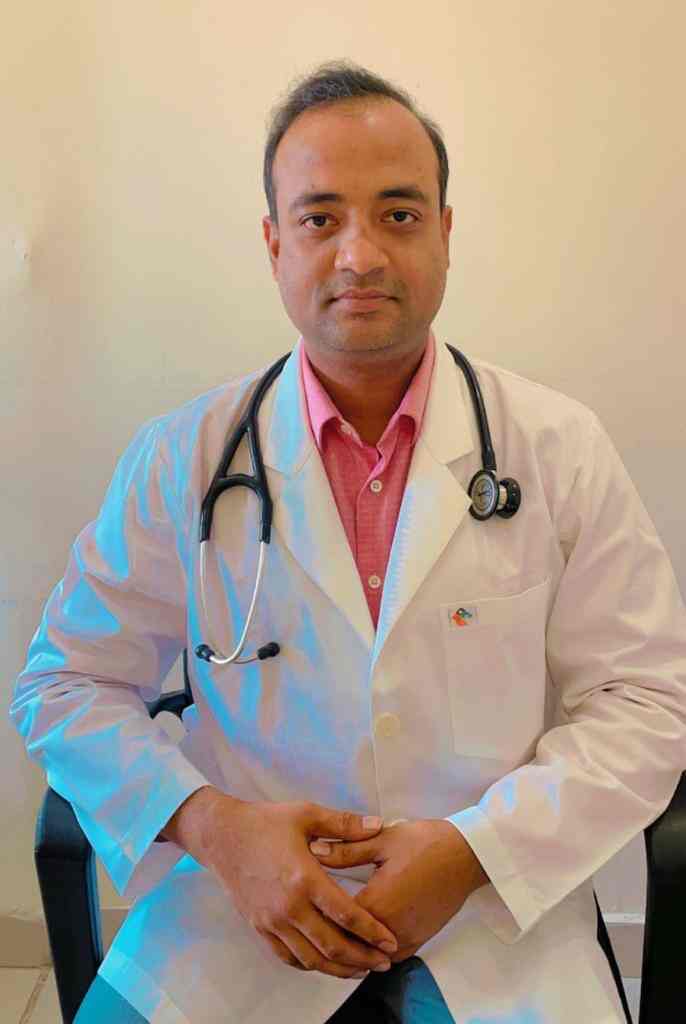Hope in a Small Package: First-Ever Leadless Pacemaker Implantation in Bhubaneswar
Bhubaneswar, 5 December 2023: In a medical breakthrough at AMRI Hospital Bhubaneswar, Dr. Dibya Ranjan Behera and his team have successfully implanted a leadless pacemaker in an elderly lady, offering a ray of hope for patients with challenging medical histories. The innovative procedure, which involves the smallest pacemaker to date, stands as a testament to the hospital’s commitment to advanced medical technologies and patient-centric care.

The elderly patient presented with recurrent episodes of presyncope, leading to a diagnosis of Sick Sinus Syndrome with symptomatic bradycardia. Upon admission to the emergency department, her heart rate was alarmingly low at twenty-two beats per minute. Given her medical history of previous chest surgery, chemotherapy, and radiotherapy, the conventional permanent pacemaker implantation (PPI) approach was deemed unsuitable due to potential complications related to the chest area and veins.
Traditionally, PPI involves the insertion of leads through the subclavian veins, connecting to a battery (pulse generator) implanted beneath the skin in the chest area. However, due to the patient’s unique medical circumstances, this standard procedure was not a viable option.
Dr. Dibya Ranjan Behera and his team opted for a cutting-edge solution: the leadless pacemaker. This revolutionary device, approximately the size of a one-rupee coin, eliminates the need for leads altogether. Instead, the tiny battery (pulse generator) is directly placed inside the heart chamber to regulate the heartbeat.
The procedure marks a significant milestone not only for the hospital but also for the state, as this is the first successful leadless pacemaker implantation at AMRI Hospital Bhubaneswar and one of the first few cases in the region. The patient was discharged in stable condition, showcasing the effectiveness and safety of this innovative medical approach.
Leadless pacemakers offer new hope for patients with challenging medical histories, providing a viable alternative when traditional methods are not feasible. The success of this procedure underscores the importance of staying at the forefront of medical advancements and embracing innovative technologies to enhance patient care and outcomes.
